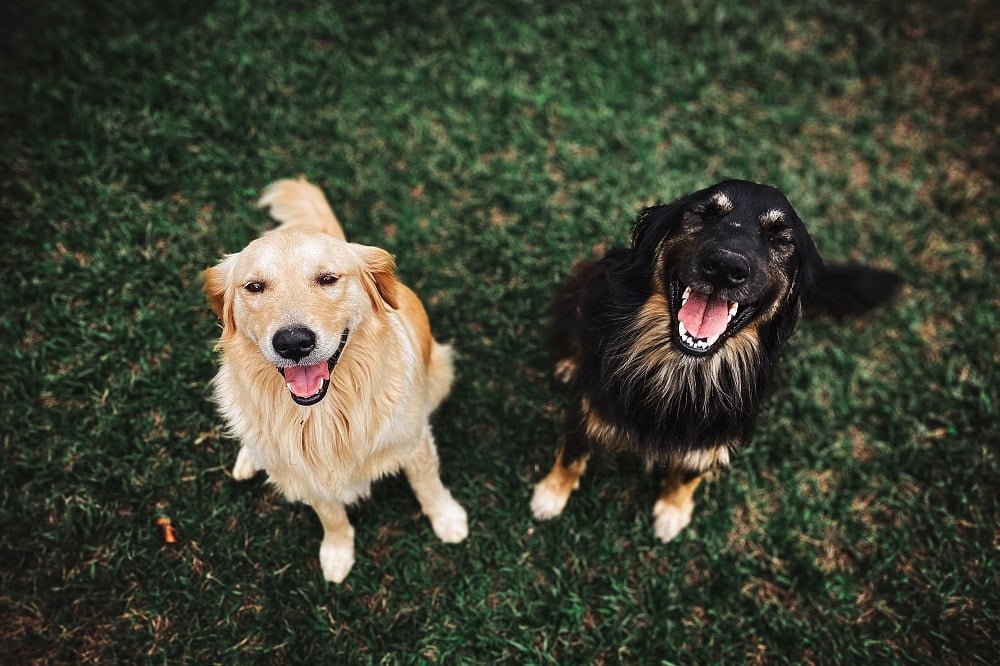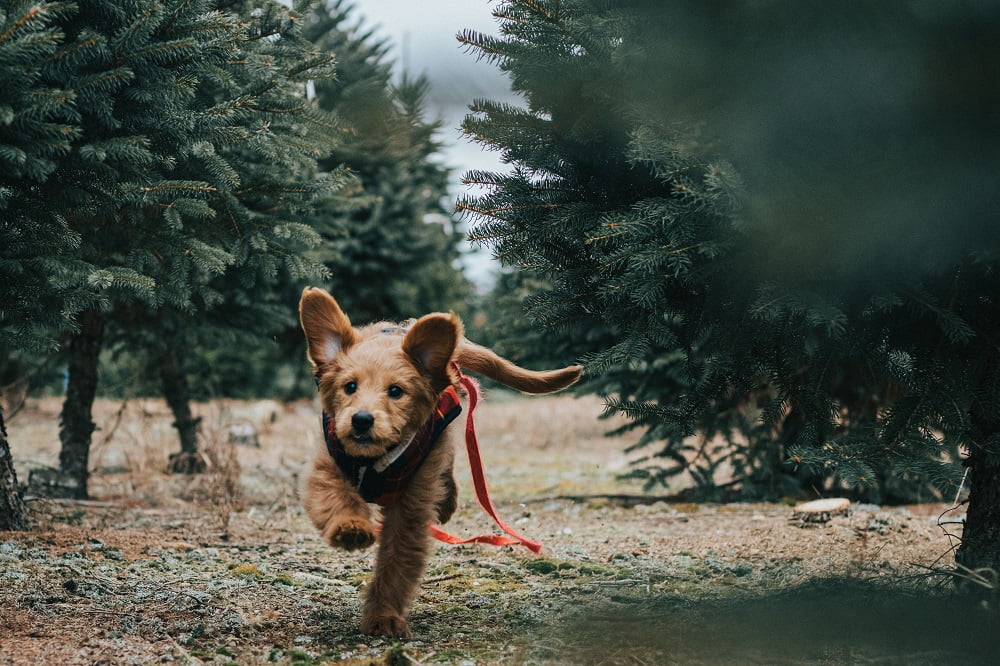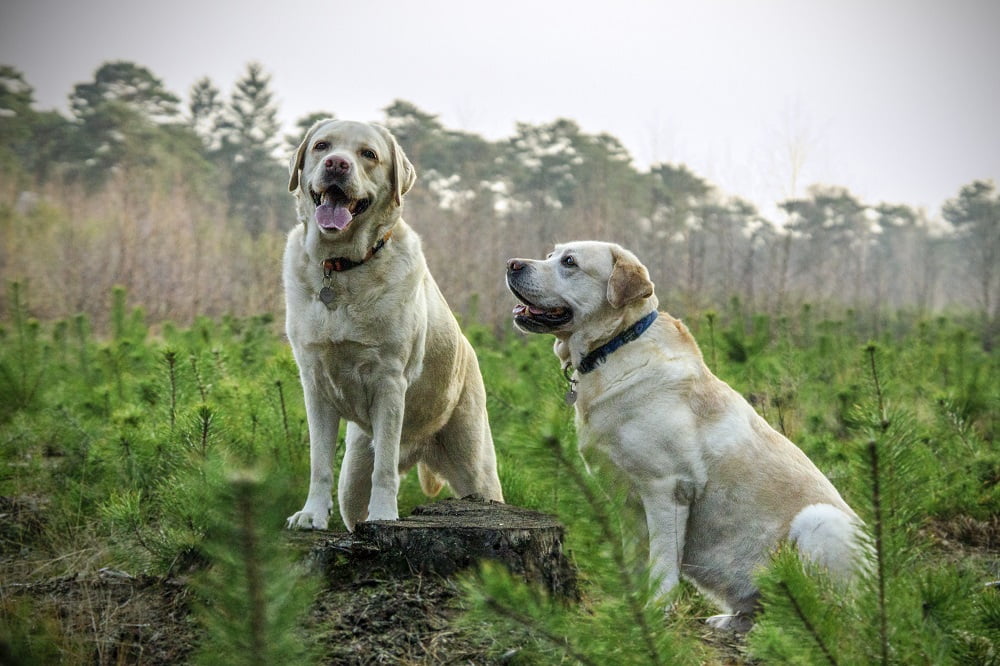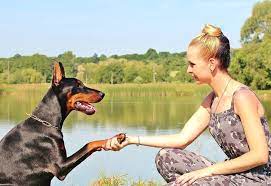Canine Training Using the Reward Training Method

Canine Training Using the Reward Training Method
Canine Training Using the Reward Training Method Pet Training Using the Reward Training Method Canine Training Using the Reward Training Method. A whole lot of the suggestions concerning present approaches of incentive training Do well with the leash/collar approach,.
Be a trustworthy canine., he has full control of the canine.
A whole lot of the suggestions concerning present techniques of benefit training
Do well with the leash/collar technique,.
Virtuallyconstantly, intricate techniques or habits can just be educated utilizing this kind of support. Be a dependable canine., he has total control of the canine.
Positive Dog Training Techniques
There are many different dog training techniques that are out there today. Many people often don’t realize that dog training courses often utilize different dog training techniques.
Some of these dog training techniques work better than others.
Whether you are going to a dog training course or if you are doing the dog training yourself… wouldn’t you rather know which dog training technique is the best?
If you answered yes to that question then you should know that positive dog training is the best technique to use.
Positive dog training is quickly becoming the preferred method of dog training. If you would like to learn more about positive dog training techniques, please read on.
Positive dog training techniques involve using only praise and positive reinforcement.
This means, positive dog training rewards your dog for good behavior or when it performs a command correctly.
The rewards used in this type of dog training can be treats, kind words, a pat on the head, etc. It has been found that dogs respond much better to positive dog training.
Positive dog training techniques never involve hitting, spanking, scolding, or punishing your dog in any manner. Dogs do not do well with any form of negative dog training.
Now we will go over some examples of positive dog training techniques. Let us say that you are beginning your dog training by teaching your dog to sit. When your dog sits, reward it with a treat and tell it what a good dog it is.
Another example of positive dog training is to use praise and treats when your dog goes to the bathroom when and where it is supposed to.
Dogs will soon learn to relate to doing this when and where it should because it gets rewarded for it.
Thus your dog will be potty trained much faster. When using positive dog training, your voice should always be happy and pleasant. Dogs will want to do as you ask when they get rewarded by any positive means.
This is why positive dog training works much better than any other type of dog training.
Now that you understand what positive dog training is, you may wish to start some of these techniques yourself.
You can find dog training courses that use positive techniques and you can also utilize these techniques on your own.
With positive reinforcement, praise, and rewards, your dog is sure to learn much faster and be happier doing so. You will then be happier as well and you will also find that the dog training will go much easier.
With that in mind, you can truly see how positive dog training techniques will give you positive results!
Dog Training Tips
Dog training requires simple persistence to be a successful and delightful experience for you and your dog. Here are 8 dog training tips to guide you along the way.


1. Dog Training Tips – Get your dog‘s attention
Before you can start training your dog you first need to get its attention. You can do this by talking to him and offering him a small treat.
2. Dog Training Tips – Use the correct dog training supplies
If you have a well behaved dog a six foot training lead and a regular buckle collar will do. However if you dog is uncontrollable you should use a training collar. For the right collar size measure the dogs’ neck and add 2 inches.
3. Dog Training Tips – For safety in vehicles
Before you introduce your dog to the inside of a moving vehicle you should teach him the ‘down!’ and ‘stay!’ commands. This ensures that he spends the ride on the floor of the vehicle.
4. Dog Training Tips – Elimination
When your dog got to go it got to go. To prevent your dog from getting busy on the carpet you should train him to eliminate on command.
5. Dog Training Tips – Praise
Always praise your dog when he learns a new command.
6. Dog Training Tips – Reprimand
Do not hit your dog! Any time your dog is engaging in bad behavior, use the opportunity to teach him the ‘stop!’ or ‘no!’ command. Using the ‘stay!’ command can also be effective in these situations.
7. Dog Training Tips – Play with your dog
This will help in building the bond between you and your dog.
8. Dog Training Tips – Do some dog training everyday
Don’t rush dog training. Teach your dog one command at a time and don’t move on until he gets it. A little dog training everyday is all that’s needed.
Well that’s it for my dog training tips. Enjoy training your dog and remember that it takes simple persistence.
Basic Dog Training
If you have a new dog or puppy, you may be interested in getting some basic dog training. Dog training can be taught by an obedience instructor, or you can do the dog training yourself.


Dog training with an obedience instructor can vary in price and it usually takes place in a class. If you do the dog training yourself, it is usually free and you can do it from your own home.
If you do choose to do the dog training yourself, it is best to get educated on dog training.
There are 3 basic things your dog should learn through basic dog training. These are: sit, stay, and come. The first part of dog training is to teach your dog to sit. To start this dog training, you will first need some dog treats.
Do this dog training in a quiet environment so your dog doesn’t get distracted. Tell your dog to sit repeatedly as you hold the dog treat just over their head. This way the dog has to look up and may sit on there own to reach the treat.
If not, gently push there rear down. When they sit, praise them and reward them with a treat. This kind of dog training works because the dog constantly hears “sit” and will learn to associate the command with sitting and receiving praise.
The next part of dog training is to teach your dog to stay. This is often a difficult part of dog training. This kind of dog training is also incorporated with teaching your dog the command “come.” Sit your dog in an area with no directions.
Tell your dog to stay repeatedly as you back away. Start out by keeping eye contact with the dog. If the dog gets up, tell it “no” and start again.
Remember this dog training takes a while. You may need someone to sit with the dog to help reinforce the dog to stay the first few times.
Once you have made progress with this dog training, you then start by walking away with your back turned. Dogs will often get up to follow you at this point.
Tell your dog “no” and start the dog training again by repeatedly telling your dog to stay as you walk away.
Once your dog has mastered this part, you can teach it to come. After your dog has stayed, tell it to “come.” Have a happy voice and pat your knee as you say “come.”
Your dog should respond to this dog training right away and you may then reward it.
Always use praise instead of punishment with dog training. Dogs respond best to positive dog training, rather than negative. With all of this in mind, you should be able to teach your dog the 3 basis commands.
Follow all of this advice and you should soon have a more obedient dog that is worth everyone’s praise!
Basic Dog Training
If you have a new dog or puppy, you may be interested in getting some basic dog training. Dog training can be taught by an obedience instructor, or you can do the dog training yourself.


Dog training with an obedience instructor can vary in price and it usually takes place in a class. If you do the dog training yourself, it is usually free and you can do it from your own home.
If you do choose to do the dog training yourself, it is best to get educated on dog training.
There are 3 basic things your dog should learn through basic dog training. These are: sit, stay, and come.
The first part of dog training is to teach your dog to sit. To start this dog training, you will first need some dog treats.
Do this dog training in a quiet environment so your dog doesn’t get distracted. Tell your dog to sit repeatedly as you hold the dog treat just over their head. This way the dog has to look up and may sit on there own to reach the treat.
If not, gently push there rear down. When they sit, praise them and reward them with a treat. This kind of dog training works because the dog constantly hears “sit” and will learn to associate the command with sitting and receiving praise.
The next part of dog training is to teach your dog to stay. This is often a difficult part of dog training. This kind of dog training is also incorporated with teaching your dog the command “come.” Sit your dog in an area with no directions.
Tell your dog to stay repeatedly as you back away. Start out by keeping eye contact with the dog. If the dog gets up, tell it “no” and start again.
Remember this dog training takes a while. You may need someone to sit with the dog to help reinforce the dog to stay the first few times.
Once you have made progress with this dog training, you then start by walking away with your back turned. Dogs will often get up to follow you at this point.
Tell your dog “no” and start the dog training again by repeatedly telling your dog to stay as you walk away.
Once your dog has mastered this part, you can teach it to come. After your dog has stayed, tell it to “come.” Have a happy voice and pat your knee as you say “come.”
Your dog should respond to this dog training right away and you may then reward it.
Always use praise instead of punishment with dog training. Dogs respond best to positive dog training, rather than negative. With all of this in mind, you should be able to teach your dog the 3 basis commands.
Follow all of this advice and you should soon have a more obedient dog that is worth everyone’s praise!
Dog Training: How To Stop The Chewing Problem
Many people have begun the task of getting there dog or puppy into a dog training school. There are a lot of aspects that are gone over in dog training classes. Unfortunately,
one part of dog training that is not gone over very well in dog training classes is chewing.


It is hard to go over a chewing problem in dog training classes because dogs often have nothing to chew on or destroy while in the class! If you are one of those people who are in dog training classes, but you still need help with chewing, please read on.
This type of dog training can be for dogs young and old. Many people find this part of dog training to be more common in puppies. But older dogs have been know to need this type of dog training because they love to chew things up while their owners are away!
To begin this type of dog training, you must first realize that all dogs chew. Dogs need to chew. So when you begin, make sure you have several things that are ok for your dog to chew on. Then begin your dog training by keeping all of your dogs chewing toys in one location.
This way, your dog will learn to associate this spot with his or her chew toys. You must do this in order for this type of dog training to work. Try to have the dog toys in a “toy box” for your dog.
During this dog training, never spank or hit your dog if you catch it chewing on something it is not allowed to. Instead, for effective dog training, praise your dog and pet it when it chews on what it is supposed to chew on.
It has been shown that dogs respond much better to positive praise and positive dog training. If the dog continues to chew on things that it shouldn’t, verbally reprimand it.
Your tone of voice will be enough punishment and is the only punishment necessary for this kind of dog training.
Another method of dog training you can try is to put a taste deterrent on the items your dog shouldn’t chew. This Dog Training chew deterrent is called “bitter apple” and it is available at most pet stores.
These are the most effective means of dog training that will teach your dog not to chew on inappropriate things. If you follow all of these aspects, your dog training should go more smoothly.
Dog training can be a fun and rewarding experience…as long as all of your favorite things aren’t chewed up in the process! Keep calm and be patient to achieve good results.
Things to Consider When Choosing a Career in Dog Training
Some people choose a career in dog training simply because it is a popular choice however there are those who are really passionate about canines that their life’s direction has led them towards loving dogs even more.


Do you fall in the category of people who pursue career in dog training just because someone said it is a good thing or you have fallen so in love with dogs that you are left with no option but to fall even deeper?
Back to basic principles…
Dog training is more than a love for dogs; it also requires knowledge and skills in handling and disciplining them and knowing the basics of their behaviors. Dog trainers usually have long history of experience with dogs and interaction with many dog owners and handlers and their pets.
What is your “dog division”?
There are two types of careers in the dog world- the pet service training and the dog training. Both have relatively high demands in the market but there are a lot more opportunities in pet dog training than service training.
The pet dog training usually involve dogs that function merely as pets and as companions for outdoor activities therefore, the usual training involved are obedience training,
agility training, potty training and training to eliminate unwanted behaviors like barking and biting.
Service training, on the other hand, involves specified training on services required by people with disabilities and those undergoing therapy.
Another division of service dogs are involved in chasing criminals, drug and bomb sniffing, search and rescue dogs and hunting dogs.
These are highly intensive trainings and require the handler to get sufficient preparation to lead the dog in employing its specialized functions.
Understanding of canine psychology
What do you really know about dogs- their thinking, their behaviors and their reaction to stimulus?
Training adheres to conditioning the thinking of the dog to make specific responses. You should also know well the fundamentals of associative conditioning.
What about dog training education?
A dog training career requires that you have basic skills in dog training and handling. There are no degrees in dog training yet for there are no colleges and universities offering such.
However, there are dog “academies” or “schools” that could provide basic training. However, the best dog trainers are often self taught and have natural inclination to dog handling.
Some have apprenticed with excellent dog trainers while others simply have the knack in training dogs. There are also a number of dog training organizations that could supplement latest information on dog training.
Comparison of working attitude with people and dogs
Dog training involves training the handlers of the dogs as well. Therefore if you are pursuing a career in this field, it is very important that you have good people skills and that you can tolerate all types of people.
There are impatient owners who expect fast learning from their dogs without taking advices openly while there are those who relatively open to suggestions.
You need to cater both types of dog handlers and everyone in between. In short, career in dog training is not only limited to dog training but also an experience of people training as well.
Miscellaneous
Dog training is not limited to “training” alone; there are also certain aspects that you should be knowledgeable of like maintenance of proper dog hygiene, nutrition and grooming.
You should also have good knowledge on dog competitions, accessories and training aids. You should also be able to distinguish different dog breeds and their fundamental differences.
You don’t have to be a guru in dog training to be an excellent trainer; you only have to develop certain skills necessary in handling dogs and their tra
iners and to have sufficient knowledge on theories and the capacity to put them into practical application.
Dog Training: When To Reprimand And When To Reward
There are a lot of things people have to remember when they start dog training. There are a lot of different dog training techniques to try.
Some of these dog training techniques work, while other dog training techniques seem to work against you. With so many different aspects of dog training, it is hard to know what techniques work the best.
One of the biggest things that often confuse people with regards to dog training is when to reward your dog and when to reprimand your dog. If you have trouble deciding when to do which, please read on.
Most dog training course instructors will tell you that positive dog training is the best technique to utilize. Unfortunately, there are some instances when you do have to reprimand your dog.
Reprimanding your dog should not happen often, as dogs respond better to positive reinforcement used in dog training. Before you learn when to reprimand your dog, you should first learn when to reward your dog.
You should reward your dog any time your dog does something it is supposed to during dog training. This can be when it sits, stays, eliminates where it should, fetches, etc.
The reward you use during your dog training can be many things: praise, kind words, tummy rub, pat on the head, or a treat.
Dogs learn very quickly from positive dog training. Dogs tend to want to make you happy and this is why they do so well with this type of dog training. However, be sure you never reward bad behavior.
Reprimanding is a type of dog training that should not be done unless necessary. This can be when your dog jumps, eliminates in the wrong place, barks, growls, pulls on a leash, destroys something, etc.
You must only reprimand your dog if you catch it in the act of doing something wrong.
Otherwise, your dog will not realize what it did. The reprimand used for this dog training should be a quick, sharp “no” or “bad dog.”
Your tone should be angry, but remember to be short and quick. If you constantly do this, your words will end up being ignored by the dog. Never spank, hit, or constantly scold your dog. This will only lead to more problems in the future.
These are all of the important things you need to focus on when determining when to reprimand or reward your dog during dog training. Remember to be patient because your dog is learning and trying its best.
With some love and consideration, your dog should do quite well with its dog training.
Then it will be a rewarding experience for you both!
positive reward training for dogs,positive reward based training for dogs at home near me,positive reward based training for dogs near me locations,positive reward based training for dogs near me map,positive reward based training for dogs near me free,
positive reward based training for dogs pdf download,positive reward based training for dogs pdf free,positive reward based training for dogs pdf file,
positive reward based training for dogs pdf printable,positive reward based training for dogs at home training,positive reward based training for dogs at home free







Thanks for sharing. I read many of your blog posts, cool, your blog is very good.